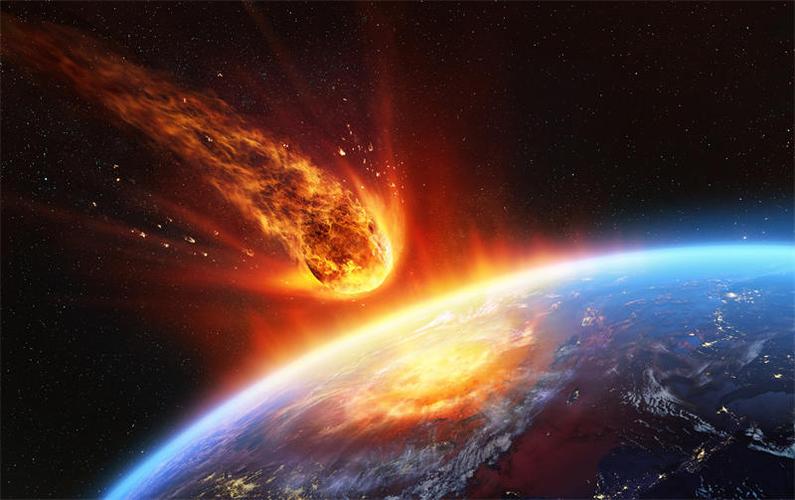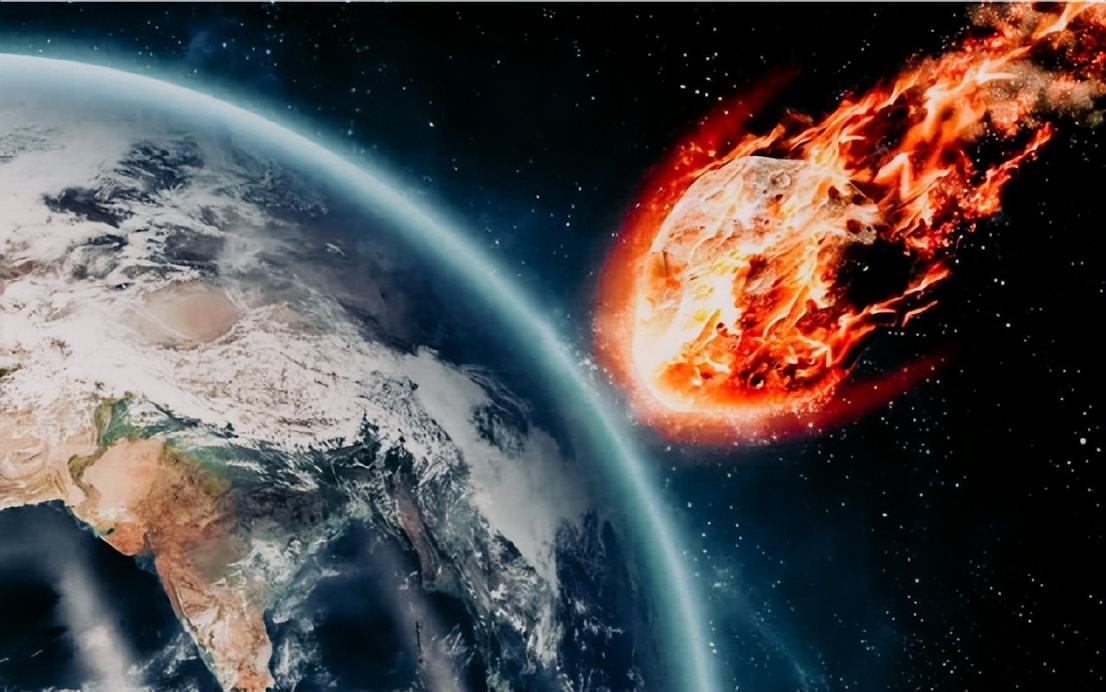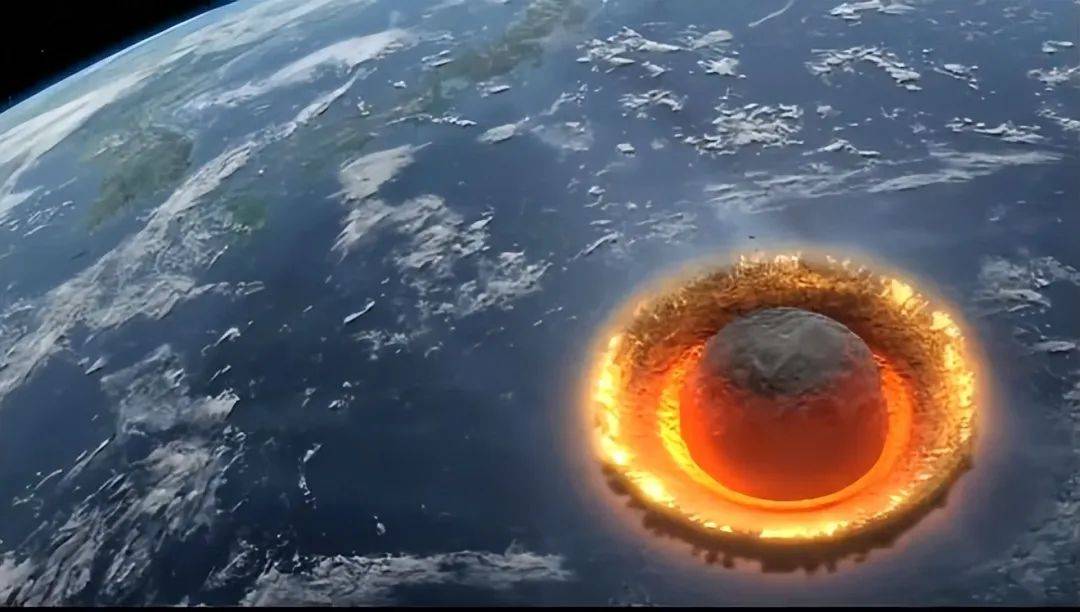The Real World Destruction? Is an Asteroid Going to Strike Earth?
Have you ever wondered if a giant rock suddenly falling from the sky could destroy everything? You might think this is just a sci-fi movie plot, far away from reality, but an asteroid named 2024 YR4 has recently caught the attention of scientists.
The chances of this asteroid colliding with Earth in 2032 have already risen to 3.2%. While this probability may not seem very high, it's enough to make us cautious-after all, this is not an insignificant number. If this asteroid is a giant "meteor" rock heading toward Earth, the impact could be like a huge explosion on the planet, enough to destroy an entire city. So, is it possible for us to find a solution before the "beam" between this asteroid and Earth disappears? Today, talk about this seemingly distant "visitor from space"—2024 YR4.

Scientists estimate that 2024 YR4 has a diameter of about 40 to 90 meters. Although it is relatively small in size, its destructive power is immense. Let's assume its diameter is 40 meters. If it were to collide with Earth, the energy released would be equivalent to a small nuclear bomb explosion, capable of wiping out everything within several dozen miles. If its diameter reaches 90 meters, the energy released would be like a large nuclear explosion, enough to level an entire city. It would be like a giant "bomb" in the sky, and although it might not hit the ground and could explode even before entering the atmosphere, the blast would be powerful enough to reduce nearby buildings, trees, and roads to rubble. Not to mention that many densely populated areas exist today, where the destruction of buildings would be the least of our worries; the lives of so many people would be at risk. The probability of impact doesn't say much because there are many other unpredictable factors constantly changing: it's like standing next to a railway track, watching a tram coming toward you, unable to predict whether it will veer off course, and only trying to react to the ever-changing situation. Although the chances of impact have increased, they are still within an uncertain range. Like a beam that gradually narrows, as we learn more about it, the chance of collision might decrease to zero, or it could rise into the high-risk zone, near 100%.

If 2024 YR4 is that ticking time bomb hanging over our heads, can scientists take action before the impact? The answer is: maybe! Right now, the world's most powerful eyes the James Webb Space Telescope (JWST) have already begun to play a role. However, things are not as simple as pressing a button. While the asteroid is floating in its orbit, the ups and downs of the waves can make it sway, sometimes steady, sometimes turbulent. If the orbit changes, our current predictions might no longer be accurate. Suppose we do find that 2024 YR4 is heading straight for Earth, what should we do? Scientists have proposed a potential solution for deflecting the asteroid. In simple terms, this means trying to change the asteroid's direction to avoid it colliding with Earth. It's like you see a stone on the water's surface, and just as it's flying toward you, you use a small stick to gently nudge it, changing its direction to avoid hitting the obstacle in front of you.
The risk of collision in 2032 is just 8 years away, like a countdown race, and our time is extremely limited. If the moment to divert the asteroid's path slips away, we might miss the best window to save it, and we could only watch the disaster unfold. But if everything goes smoothly, the deflection plan might work. Imagine we successfully use an "impactor" to alter the asteroid's orbit, ultimately avoiding Earth. While the process is full of uncertainty, this could become one of humanity's greatest counterattacks, like a skilful defence line, saving the fate of our planet at the last moment.

(Writer:Matti)


